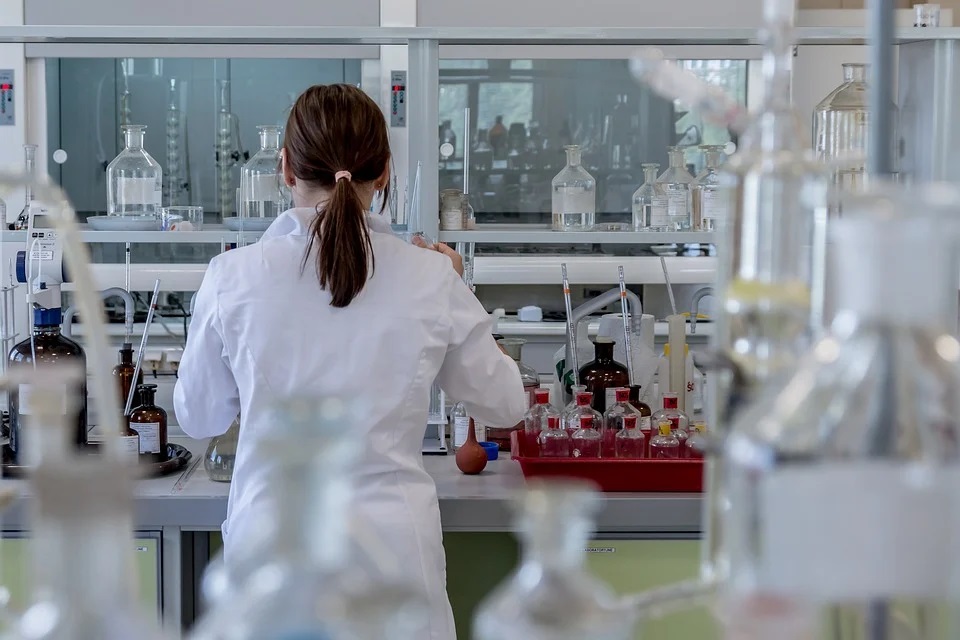As COVID-19 continues its trek around the globe, researchers are racing to produce a vaccine. Indeed, more than 165 potential vaccines are currently being developed, with 28 already in human trials. Typical vaccine development and production can take up to 10 years and costs millions of dollars, but today’s scientists are using all available resources to try to find a viable option for fighting the current pandemic in just 12-18 months. If you’ve ever wondered how vaccines work, here’s a brief overview of four types of vaccines, all of which are being considered as a way to vaccinate against SARS-CoV-2 coronavirus:
Whole Virus Vaccines
All vaccines work to build a body’s natural immunity to a disease. Whole virus vaccines use the entire germ in either a live or inactivated state to facilitate that immunity. Live vaccines take a weakened or altered (also called “attenuated”) piece of the germ that causes a disease and introduces it into a person’s body so that his or her immune system prompts an immune response against it, creating antibodies that build over time and work to eradicate it if/when faced with the whole germ later on. An inactivated vaccine uses a killed (“inactivated”) version of a germ to do the same. However, because the inactivated germ is not as virulent as a live, (albeit) weakened germ, the body’s immune response might not be as aggressive as that which is produced against an attenuated one. Thus, multiple doses of an inactivated vaccine are often required in order to confer complete immunity to a disease.
Protein-Based Vaccines
These types of vaccines use a whole protein or piece of a protein to fight a disease. The SARS-CoV-2 coronavirus, for instance, enters human cells via a specific “spike” protein. Introducing this protein into the body could potentially stimulate the production of antibodies, thus allowing the body to better fight the whole disease if ever encountered. Because it’s not the whole germ but only a portion of it, protein-based vaccines are not dangerous and nearly everyone can receive them. Many do require the administration of booster shots in order to maintain protection, though.
Genetic Vaccines
Genetic vaccines make use of a portion of a germ’s genetic code to help confer immunity. With these types of vaccines, the genetic instructions for building a viral protein are injected into the body. Once the body manufactures this protein, an immune response is launched against it and antibodies form to fight it, building defenses against the overall disease should it ever confront it in the future.
Viral Vector Vaccines
Viral vector vaccines use a virus to deliver genetic material into a cell. In the case of SARS-CoV-2, researchers are looking at putting genetic material that tells the body how to make the above-mentioned spike protein into an adenovirus. The adenovirus is then introduced into the body of the person being vaccinated where it invades cells and drops off the instructions; as a result, the body begins to make the spike protein and an immune response is initiated. If the real disease ever enters the body, antibodies made in response to this protein will already exist to help fight it. The adenovirus often facilitates a faster delivery of genetic instructions since it can invade cells so quickly, but it doesn’t harm the person because it has been altered so that it cannot replicate itself.
Regardless of the type of vaccine, the world’s best scientists are working hard to manipulate SARS-CoV-2 and its cellular components across various substrates. They are using tissue homogenization to extract intracellular contents and testing potential vaccines for stability and efficacy during administration with live human hosts. It’s a process that takes time and money. Let’s all keep our fingers crossed that continued collaboration and diligence renders a working vaccine soon!




